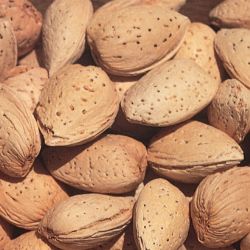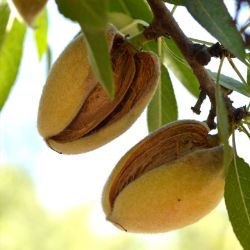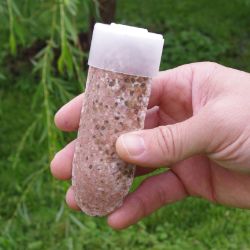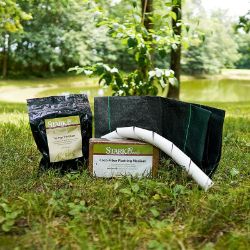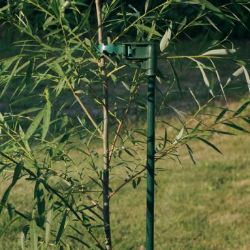Pruning Almond Trees
Pruning is a very important part of proper tree care, but many people find the task overwhelming. It doesn’t have to be! Keep these things in mind:
- You can have confidence in knowing that not everyone will prune the exact same way (including the “experts”).
- It is definitely best for your tree to do some pruning versus no pruning.
- There are three main reasons you should prune your tree: its survival, stimulation and shaping.
- If a tree is left unpruned, it will not grow well— and in some cases, may not grow at all.
NOTE: This is part 8 in a series of 11 articles. For a complete background on how to grow almond trees, we recommend starting from the beginning.
Pruning Almond Trees
First Season
The primary scaffold selection is done after the first growing season:
- Upright branches with wide angles should be selected because they are stronger than branches with narrow angles.
- Three or four primary scaffolds are recommended.
- Remove any dead, broken or branches that are growing toward the middle of the tree.
- If any branches are crossing remove one of them.
- Make sure you are trimming the tree in a shape so it grows upward.
Second Season
When the tree is dormant, prune low limbs that may interfere with sprays or irrigation. Remove limbs and vigorous shoots growing through the center to allow light and air to penetrate. Secondary limbs with narrow angles should be removed.
Third Season and Beyond
When the tree is dormant, maintenance pruning consists of removing broken, interfering, dead, or disease branches.













